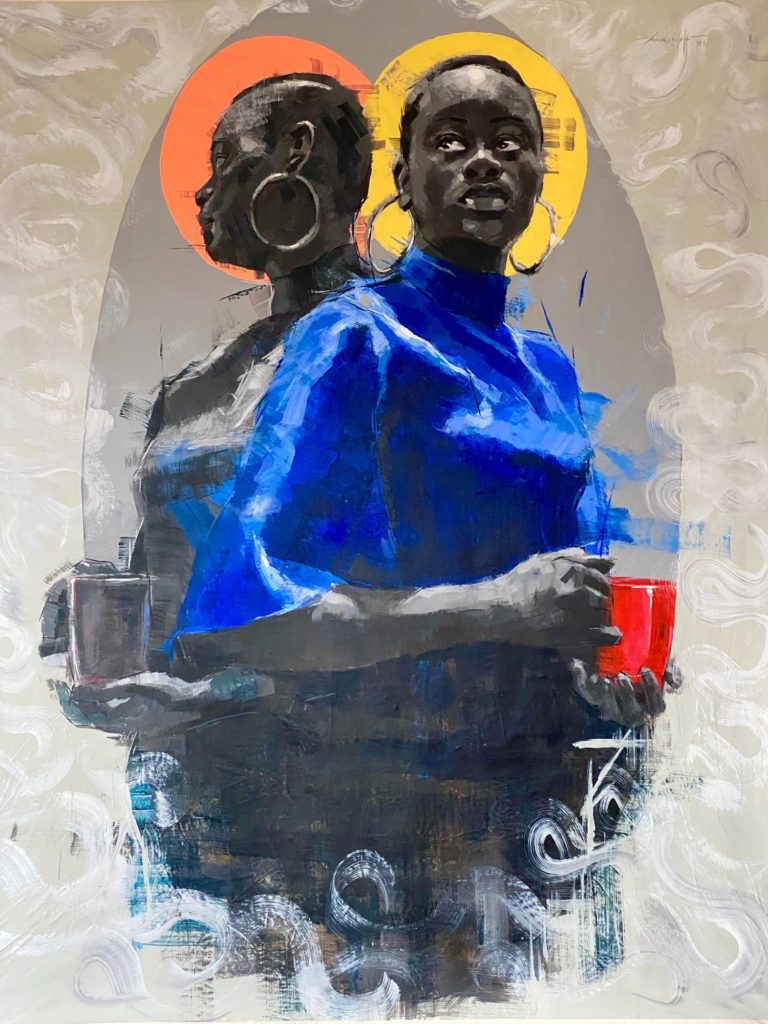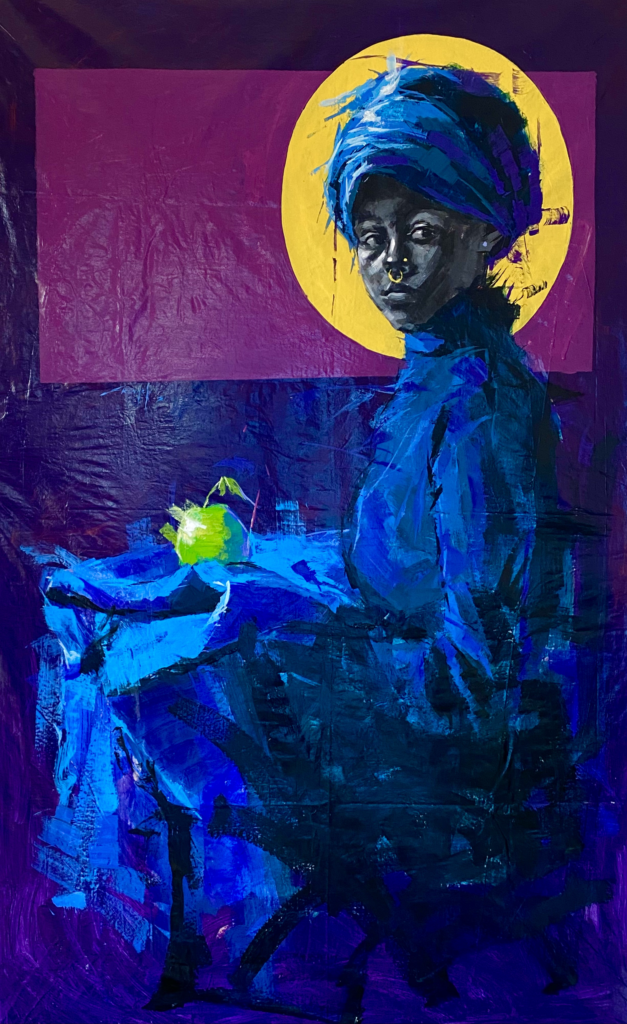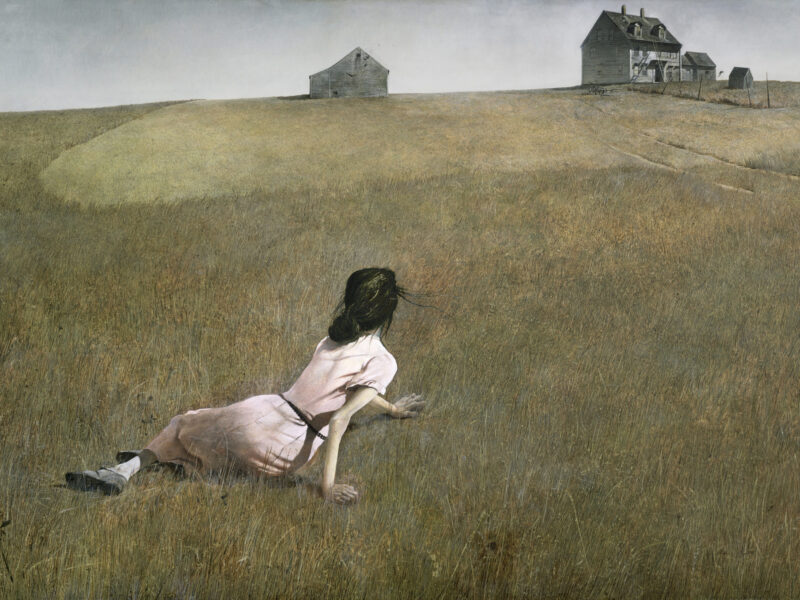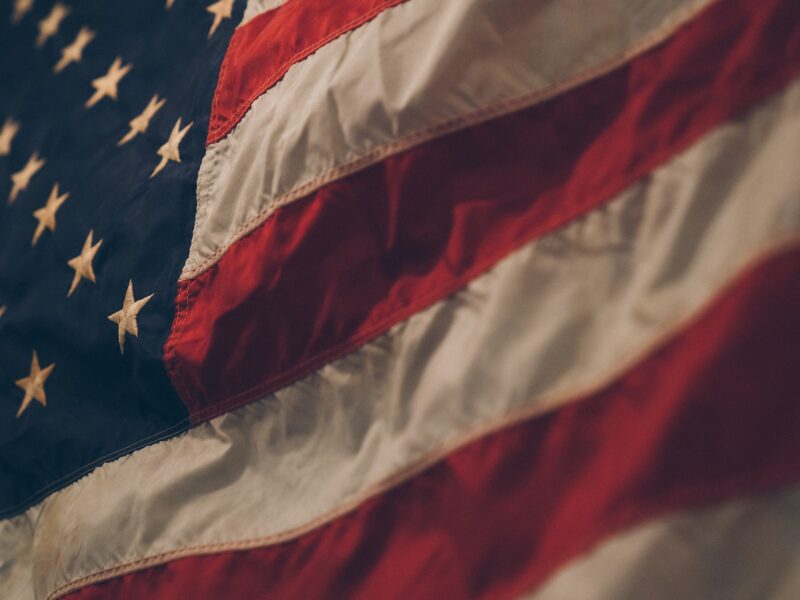
Goetz | Akindele John
We are one flesh with the night. It is nice, for once, to be able to quote from a newspaper from two days ago, to quote from that beautiful minimal anthology, which becomes part of the text of the day. It is a verse from Paul Celan: “We are one flesh with the night”.
This quote can be twisted yet used to define John Akindele’s work. A magnificent obsession, which shows us more clearly what is certainly happening to us too. His painting is a mutation of the world, his portraits are a soul, an exhalation. The world is destroyed, gets old, withers, is consumed, certainly by entropy, while his portraits shine and reaffirm themselves to tell an era, a story, a humanity that does not bend.

The world itself is lost, withers away. While his portraits triumph, they assert themselves. There is a kind of construction, creation of the myth in Akindele’s painting; A religious myth, the gesture of a god. The mutation is a sort of anarchic, atheist, savage image that does not recognize the origin of the change of humanity, of the human body. In these post party days, this sublime night on the new flesh. We are in the throes of mutation. Here, this tells us about the art of Akindele, and of his mutants. A more cultural side, more readable, more rational, and another more wild, faster, accelerated; two sides both attentive to the very mechanism of the myth.

Akindele John is a metaphoric, figurative artist known for his pursuit of painting, which began and continues today. He portrays motion, metaphor, and distinctiveness in his work of art. He brings back and examines old ways of identity. For instance capturing natural hair movement in favor of nappturality, which has initially evolved because of an adaptive need among humans’ early ancestors for protection against the intensity of the sun in Africa.

Exploring Africans as a muse of his paintings has made him realize that black was use by local population with different histories and ancestral backgrounds. Especially, in African countries with little history of colonial racial segregation. This has continuously kept him expressing his gratitude to feminines Black identity in African society. In Akindele’s artistic studies so far, he has come to realize that figurative paintings initiate us to have a better understanding of ourselves as a creation. His work appears to gaze vividly back at us; they engage silently back-and-forth on an unspoken negotiation.
Akindele’s paintings are distinctive in their use of loose, playful lines and softness of brush effect. His works explore different aspects of the African diaspora and pays homage to his African-Nigeria identity. His paintings are black lit by vibrant hues, like luminous yellow, orange, reds and blues.

He has become a full time studio artist working across a range of techniques and mediums. His mode of execution of his art works with the use of lines, movement and a meld of figurative art and nature expressionism often leaves the viewers inspired and mesmerized. Akindele often uses charcoal, muted tones and a trademark yellow to create moods around his subject matter when he works with human figures. His subjects evoke empathy, dragging solitary out of few.



